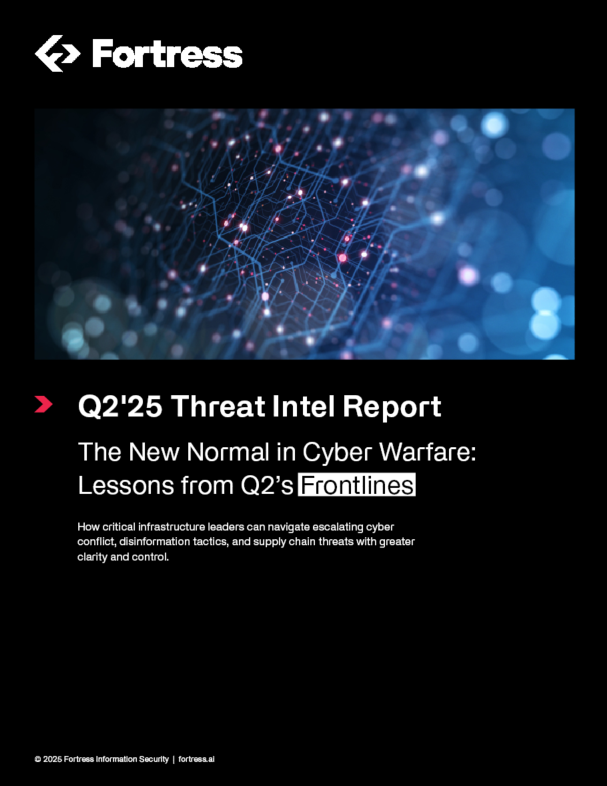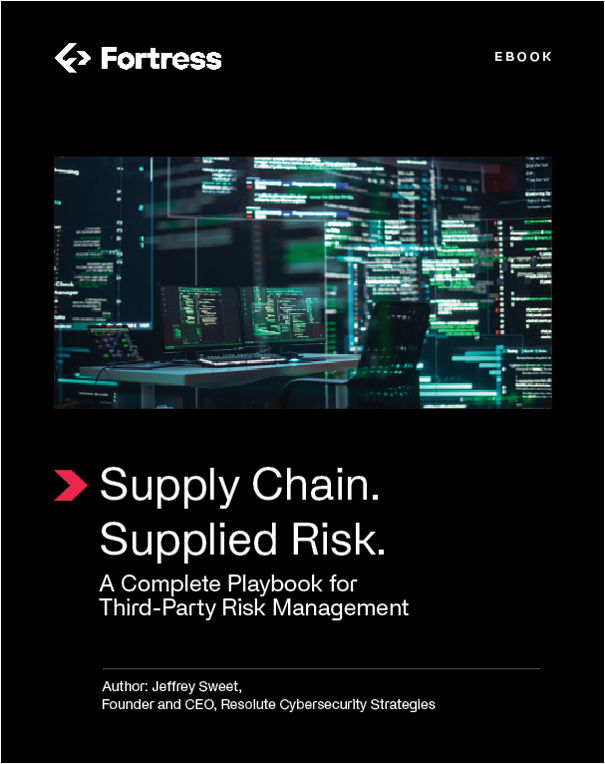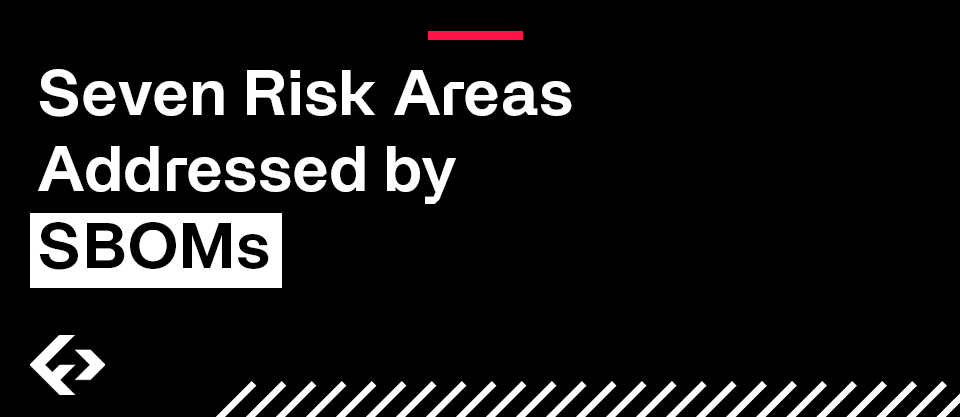As many state legislatures adjourn for the year, one growing trend seen in 2023 is lawmakers in statehouses across America asking smart questions about drones manufactured in other countries. It’s right to be concerned about the security of drones made in nation-states with geopolitical interests that run counter to those of the United States.
However, good questions don’t always produce smart answers.
There is ample reason for state lawmakers and regulators to want to protect our communities, schools, power plants, and water treatment facilities from unsecured drones, especially drones made in China which the Department of Defense has cited as being national security concerns. However, one case in point of a misguided solution is Florida, where a state bill had the effect of grounding nearly all government agency drones that were used for vital, urgent situations. After law enforcement agencies using Chinese-made drones made it clear grounding drones without a transition plan did not make for good public policy, Florida lawmakers now must rework the rule and offer funding help with the transition to secure drones.
How can we ensure the cybersecurity needs of both commercial drone makers and end-users are met? With our industry partners at AUVSI, together we have created and funded a fast and scalable program to meet this pressing need. Green UAS will ensure commercial drones are evaluated for product and device security, corporate cyber hygiene, and the highest levels of cybersecurity as well as NDAA supply chain requirements.
With challenges come opportunities, and lawmakers’ increasing awareness of the importance of drone security offers the domestic industry an opportunity to demonstrate their commitment to a cyber secure foundation based on operationally appropriate risk levels.
The drone industry has already proven how effective it can be at adopting smart standards for safety. We are committed to working with drone makers and users to approach security with the same urgency they did when enacting new safety guidelines.
But the time to start that conversation on initial frameworks and standards is now. Doing so will help to unlock the fullest potential these systems are poised to provide to government agencies, enterprise users, and the American public.
The uncrewed systems industry is ready to work together with lawmakers and regulators to develop effective standards for how uncrewed vehicles will be developed, procured, and utilized.
Secure by design uncrewed vehicles could be the next great product coming from America.
We can do that with just a base level of cybersecurity built into the drone.











